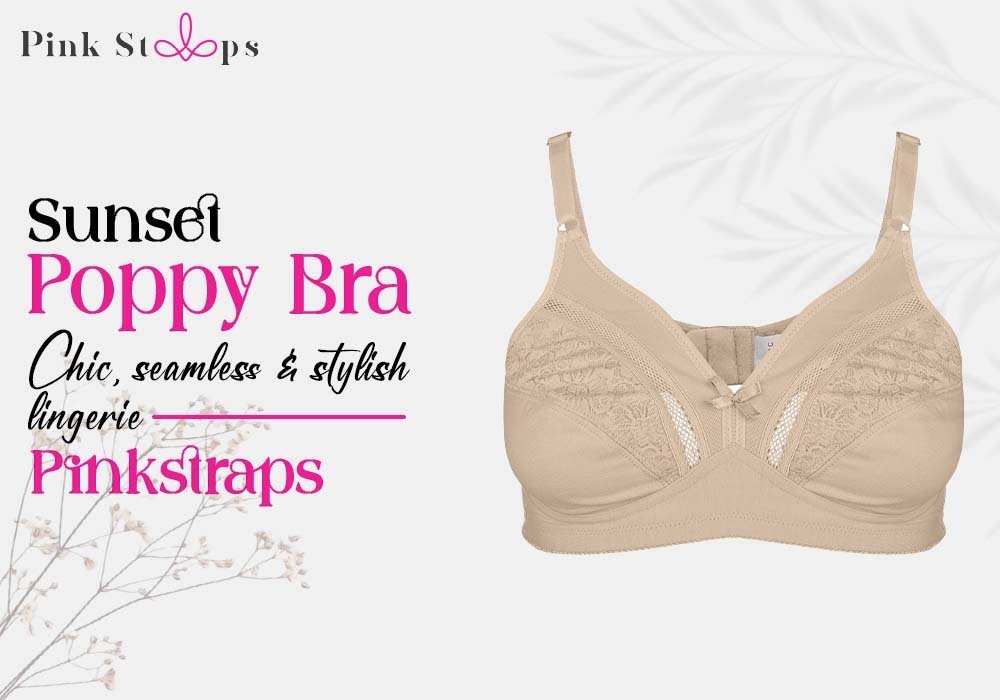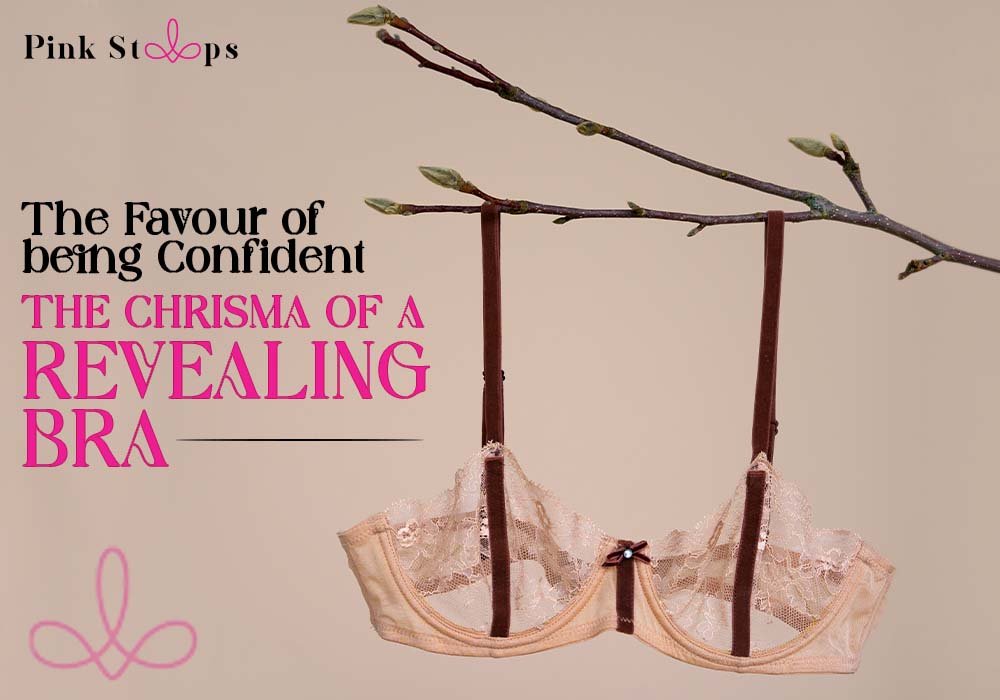Hey there, if you’ve ever scrolled through your feed and stumbled on those alarming posts about how your everyday bra might be secretly plotting against your health, you’re not alone. I remember hearing whispers about this years ago—something about tight bras squeezing the life out of your lymph nodes and leading straight to breast cancer. It had me double-checking my drawer in a panic. But let’s get real: as someone who’s dug deep into this (and chatted with friends who’ve been through breast changes, including after enlargement surgery), I wanted to break it down for you. Especially if you’re navigating how to choose the best bra after breast enlargement, where support and comfort are everything to avoid complications.
Can Sleeping in a Tight Bra Cause Breast Cancer?
You’re cozy in bed, but that snug-banded bra from the day is still on, digging in just a bit. Does it turn into a ticking time bomb for breast cancer?
Short answer: nope, it’s a total myth that’s been floating around since the ’90s, fueled by a book called Dressed to Kill that claimed bras block lymph flow and trap toxins. But here’s the truth bomb—major health orgs like the American Cancer Society and Cancer Research UK have repeatedly debunked this. A 2014 study of over 1,500 women found zero link between bra-wearing habits (even tight ones all day) and breast cancer risk.
The real issue with sleeping in a tight bra breast cancer scare? It’s not cancer—it’s discomfort. Tight bras can restrict circulation, cause skin irritation, or even lead to minor bra health problems like chafing or headaches from pressure.
Does a Bra Underwire Really Spell Trouble for Your Health?
We’ve all seen the headlines: “Bra underwire: silent killer or just stiff support?” Let’s cut through the noise. Underwire bras get a bad rap for supposedly poking nerves or blocking lymph, but science says otherwise. No solid evidence ties them to cancer or serious issues. That said, if it’s digging in, it could cause temporary soreness or even contribute to breasts stretch marks from constant rubbing—especially if you’re active or have sensitive skin.
From what I’ve learned (and trust me, I’ve tried every type), a well-made underwire provides lift without harm. But are underwire bras bad for you? Only if they’re the wrong fit.
How Can a Tight Shirt Bra Ruin Your Day (and Your Skin)?
Ever squeezed into a tight shirt bra to smooth things under a fitted tee? It looks sleek, but at what cost? These minimizer styles compress breasts to create a streamlined silhouette, but overuse can lead to bra health problems like restricted breathing or uneven pressure that might exacerbate breasts stretch marks over time.
Key points to consider:
- Comfort first: If it’s leaving red marks, it’s too tight—aim for a finger’s width of space.
- Material matters: Breathable fabrics prevent sweat buildup, which can irritate skin.
- Research nugget: Dermatologists note that constant compression from tight styles can cause dermatitis in 10-15% of wearers, per skin health studies.
Pro tip: Pair it with a looser top for balance, or rotate with softer options to give your skin a break.
What Are the Real Bra Health Problems from Ill-Fitting Choices?
Bras aren’t villains, but a bad fit? That’s where trouble brews. From shoulder grooves to underboob rashes, bra health problems sneak up if you’re squeezing into the wrong size—80% of women do, according to fitting experts.
Let’s break it down in a quick comparison table to see versus scenarios:
Bra Fit Issue | Potential Problem | Fix It With |
Too Tight (e.g., Banded Bra) | Circulation cut-off, headaches, breasts stretch marks from friction | Size up the band; try a properly fitted bra |
Too Loose | Sagging support, back strain | Add extenders or get professionally fitted |
Wrong Cup | Spillage or gaping, discomfort | Match to your breast shape—teardrop? Go balconette. |
Can Bras Actually Prevent or Worsen Breasts Stretch Marks?
Stretch marks on breasts? They’re like nature’s tattoos from growth spurts, pregnancy, or weight changes—and bras play a supporting role (pun intended). A supportive properly fitted bra can minimize tearing by distributing weight evenly, reducing the pull that causes those silvery lines.
But here’s the flip: Super-tight ones, like some minimizer bra side effects, might rub and worsen existing marks. Key fact: Collagen creams help more than any bra, but wearing one during rapid changes (post-enlargement, say) cuts risk by up to 30%, per dermatology reviews.
- Prevention tips: Moisturize daily; choose seamless edges.
- Reality check: No bra erases them—embrace ’em!
What's the Buzz on Banded Bras—Supportive or Suffocating?
A banded bra relies on that elastic band for hold, ditching wires for all-day ease. Love ’em for yoga or sleep, but if it’s too snug, it mimics the tight bra breast cancer myth woes—unnecessary pressure without the payoff.
Versus underwire: Banded wins for breathability, loses on lift for fuller figures. Try one if you’re ditching wires; brands like wireless sports styles keep things secure without the squeeze.
Is an Ice Silk Bra the Cool Upgrade Your Breasts Deserve?
Enter the ice silk bra—silky, moisture-wicking fabric that feels like a cool breeze on hot days. Made from modal or bamboo blends, it’s a game-changer for sensitive skin, reducing sweat-related bra health problems.
Key facts:
- Hypoallergenic: Less irritation than synthetics.
- Trending now: With rising temps from climate shifts, these are up 40% in sales, per fashion reports.
Perfect for summer or post-workout; pair with cotton for ultimate best bras for breast health.
Which Is the Best Garment Brand for Your Conscious Closet?
Hunting for best bras for breast health? Prioritize fit, fabric, and function. Post-surgery or daily? Go soft cup. Key recommendations:
- Wireless cotton: Everyday winners like the Bestform cotton bra—breathable, no poke.
- Sports styles: Minimize bounce, protect during runs.
- Research: The National Breast Cancer Foundation stresses non-restrictive options to avoid any circulation myths.
Avoid extremes; balance is key for long-term wellness.
How Do You Ensure a Properly Fitted Bra Every Time?
A properly fitted bra is like a custom hug—measure band (under bust) + cup (over bust difference). Bust: 85% of women wear the wrong size!
Steps in bullets:
- Stand tall, arms down—measure snug.
- Try on: Bend forward; breasts should settle in cups.
- Hooks: Should fasten on the loosest setting initially.
What Minimizer Bra Side Effects Should You Watch Out For?
Minimizer bra side effects? They downplay bust size for button-ups, but can compress too much, leading to aches or that “smothered” feel. Not ideal for all-day wear if you have back issues.
Versus: Regular full-coverage offers similar smoothing without the squeeze. Limit to occasions; rotate to prevent fatigue.
Why Is a Best form Cotton Bra a Staple for Comfort Lovers?
The Best form cotton bra shines with its soft, organic cotton—ideal for allergies or hot flashes. No wires, full coverage, and it wicks moisture like a champ.
- Perks: Reduces irritation; supports without binding.
- Drawback: Less shaping than synthetics.
- Hot tip: Great starter for how to choose the best bra after breast enlargement—gentle on healing tissue.
What Types of Bra Suit Your Lifestyle Best?
Types of bra abound: Push-up for date night, bralette for chill vibes, strapless for dresses. Each affects support differently—push-ups lift but can gap on smaller frames.
Quick guide table:
Type | Best For | Potential Drawback |
T-Shirt (e.g., Tight shirt bra) | Seamless under clothes | Can feel compressive |
Balconette | Lift without overflow | Not for low necks |
Sports | Activity protection | Bulkier than everyday |
Poppy bra | Floral, fun patterns—light support for casual | Less for high-impact |
How to Choose the Best Bra After Breast Enlargement: A Step-by-Step
Tying back to the start—if you’ve had breast enlargement, your old bras won’t cut it. Swelling settles in 4-6 weeks, so start with surgical bras, then transition.
Human advice: I know a friend who regretted jumping to wired too soon—opt for soft, front-closure styles first. Measure post-healing; go up a band size if needed.
- Consult your surgeon: They recommend compression initially for implant settling.
- Fabrics: Cotton or ice silk bra for sensitivity.
- Key fact: Post-aug, proper support cuts complication risk by 25%, per plastic surgery journals.
Busting More Myths: Catchy Q&A on Bra Worries
Q1: Ever Wonder If Your Bra Is Secretly Sabotaging Your Curves?
Q2: Underwire Alert: Is It the Hidden Health Hazard You've Been Ignoring?
Q3: The Big Question: Does Bra Cause Breast Cancer At All?
Q4: Are Underwire Bras Bad for You? Let's Settle This Once and For All
In wrapping this up, we’ve chatted through the fears, facts, and fits that make bras your allies, not enemies. From debunking tight bra breast cancer scares to nailing types of bra for your body, remember: Your health comes first. Stick with what feels right, get fitted often, and breathe easy.
Empowerment Tips
- Measure monthly—bodies change!
- Invest in 3-5 versatile pieces.
- Listen to discomfort; it’s your
Stay tuned, because next time, we’re diving into sustainable lingerie trends that won’t break the bank or the planet.
What’s your biggest bra question? Drop it below—let’s keep the convo going!





